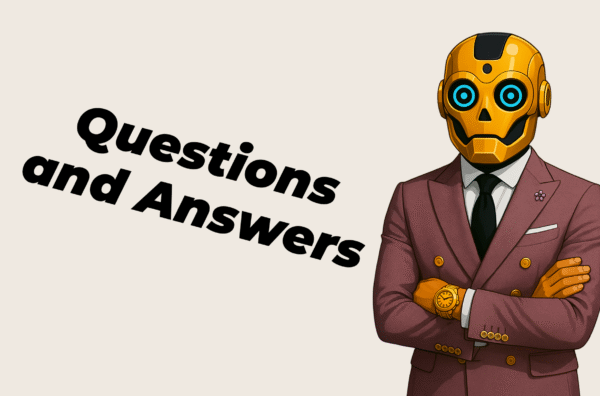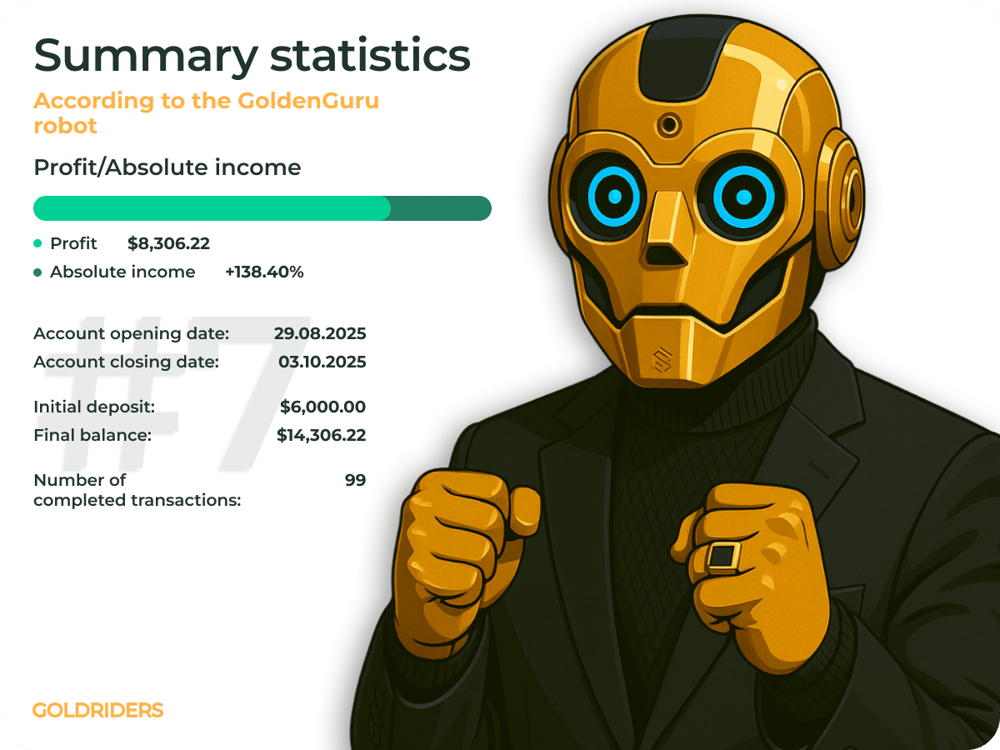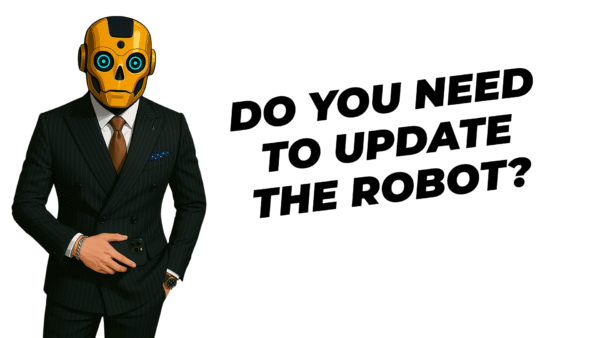Where to Buy a Trading Robot for Forex, Stocks, and Crypto
Algorithmic trading is rapidly transforming the financial landscape. According to McKinsey and Statista, over 75% of trades on the forex market—particularly in major currency pairs like USD, EUR, and JPY—are now executed through automated systems. On equity markets such as the S&P 500 (SPX) and NASDAQ (IXIC), automation accounts for more than 80% of all trading activity.
Retail traders are increasingly turning to trading bots, also known as expert advisors (EAs), to reduce emotional decision-making and improve execution efficiency. But purchasing a trading bot is not as simple as downloading a script—it requires due diligence, strategy evaluation, platform compatibility checks, and a clear understanding of licensing terms.
Where to Buy a Trading Bot — Key Channels and What to Expect
There are three primary ways to buy a trading bot, each with its pros and cons depending on your trading needs and experience level.
Official Marketplaces: Platforms like MetaTrader Market (built into MT4/MT5), cAlgo Store (for cTrader), and TradingView Strategy Hub offer verified bots with transparent ratings, user reviews, and historical performance data. These are ideal for traders seeking reliability and built-in platform integration.
Independent Developers and Specialized Websites: Many developers sell bots on their personal websites or on forums such as MQL5 Community. While this route may provide more advanced or customizable solutions, it carries a higher risk in terms of quality control and post-sale support.
Freelance and White-Label Solutions: Platforms like Upwork and Freelancer allow you to commission custom-built bots based on your trading strategy. Although this option is more expensive, it gives you full control over parameters, logic, and broker integration.
Quick Facts:
MetaTrader Market features over 20,000 bots with public performance metrics.
Pricing varies from $50 to $2,000+ depending on functionality, updates, and licensing.
Leading marketplaces offer buyer protection, including refund policies and code validation.
Licenses may be single-user, transferable, or white-label (for resale).
Always test bots in demo mode or via forward testing before going live.

Market Trends and Developer Insights
The surge in algorithmic adoption is fueling rapid growth in trading bot platforms. As of 2024, MQL5.com surpassed 10 million registered users, with trading bot transactions increasing by 28% year-over-year.
Bot developers emphasize the growing importance of transparency—users now demand clear strategy documentation, risk limits, and open trade history. Additionally, bots are expected to handle high market volatility, such as during USD/JPY spikes or sharp S&P 500 movements.
From a trader’s perspective, reliability, strategy adaptability, and broker compatibility are now must-haves, not luxuries. Bots that lack forward testing or suffer from execution lag are often rejected by informed users.
Key Considerations:
Bots from trusted marketplaces with verified performance data are the safest choice.
Strategy structure matters more than advertised returns—review drawdowns, trade frequency, and flexibility.
Custom development is costlier but ensures exclusivity and strategic alignment.
Avoid bots without demo access or publicly available forward-testing results.
Prioritize bots with ongoing updates and technical support—especially if you trade via broker APIs.

Buying a Trading Bot Is a Strategic Investment
Acquiring a trading robot is no longer a fringe idea—it’s a strategic decision for traders looking to scale operations and reduce execution errors. Choosing the right bot involves evaluating the underlying strategy, platform credibility, licensing model, and long-term support.
In a market increasingly driven by automation, a well-chosen bot can give you a critical edge. But it must be transparent, adaptable, and rigorously tested. As algorithmic trading becomes mainstream, your selection process should be as professional as your trading itself.
FAQ
What’s the safest platform to buy a trading bot?
Official marketplaces like MetaTrader Market, MQL5, and TradingView offer the most secure environments with performance transparency and buyer protection.
How much does a reliable trading bot cost?
Prices range from $50 to $2,000+ depending on strategy complexity, support, and licensing terms. The average range is $200–$500.
Can I test a bot before going live?
Yes. Most platforms offer demo access, trial versions, or forward testing in simulated environments.
What’s the difference between a subscription and a lifetime license?
Subscriptions involve recurring payments (monthly or annual), while lifetime licenses are one-time purchases with permanent usage rights.
How can I evaluate a bot’s performance?
Use tools like Myfxbook or QuantAnalyzer. Look beyond profits—examine max drawdown, win/loss ratios, trade frequency, and strategy logic.















Comments